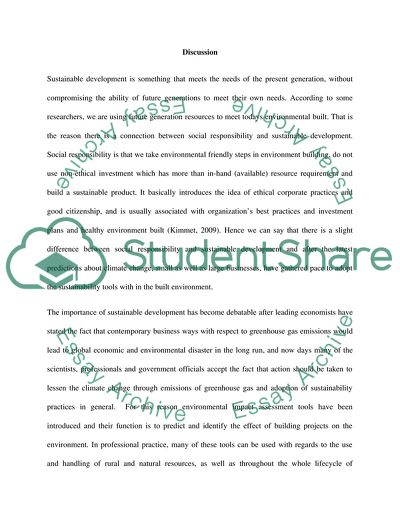Cite this document
(How Social Sustainability Is Defined and Measured Essay Example | Topics and Well Written Essays - 1750 words, n.d.)
How Social Sustainability Is Defined and Measured Essay Example | Topics and Well Written Essays - 1750 words. https://studentshare.org/social-science/1744375-measuring-social-sustainability-in-the-community
How Social Sustainability Is Defined and Measured Essay Example | Topics and Well Written Essays - 1750 words. https://studentshare.org/social-science/1744375-measuring-social-sustainability-in-the-community
(How Social Sustainability Is Defined and Measured Essay Example | Topics and Well Written Essays - 1750 Words)
How Social Sustainability Is Defined and Measured Essay Example | Topics and Well Written Essays - 1750 Words. https://studentshare.org/social-science/1744375-measuring-social-sustainability-in-the-community.
How Social Sustainability Is Defined and Measured Essay Example | Topics and Well Written Essays - 1750 Words. https://studentshare.org/social-science/1744375-measuring-social-sustainability-in-the-community.
“How Social Sustainability Is Defined and Measured Essay Example | Topics and Well Written Essays - 1750 Words”. https://studentshare.org/social-science/1744375-measuring-social-sustainability-in-the-community.


